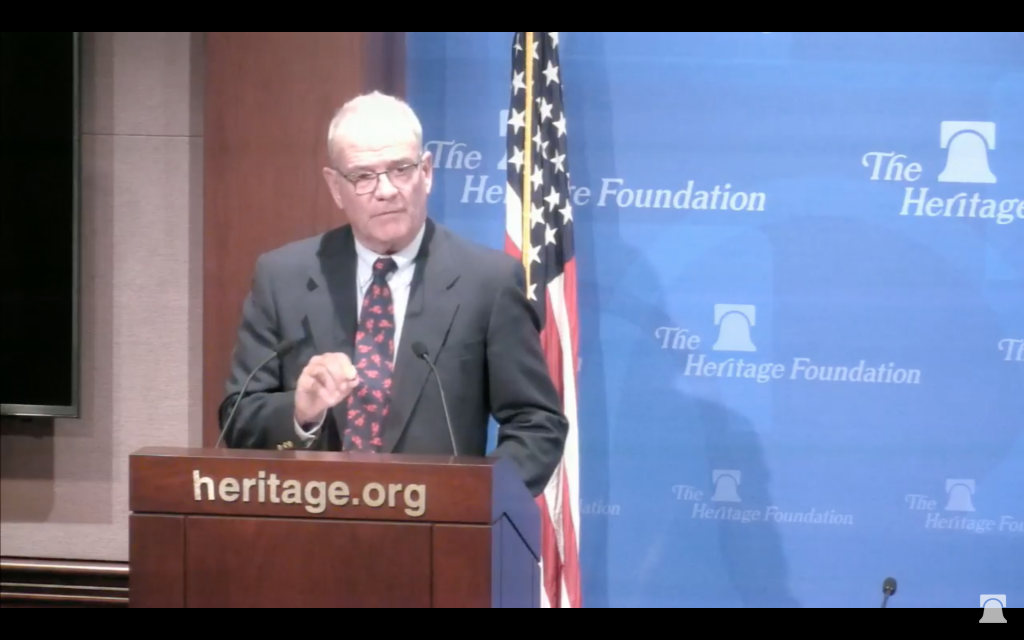March 22, 2021 — The U.S. Supreme Court won’t take up a challenge to Obama-era protections for a marine monument off the coast of New England, in a win for conservationists and blow to fishermen who have fought restrictions in the area for years.
But the denial came with a warning from Chief Justice John Roberts, who expressed concern that presidents have been exercising “power without any discernible limit” when they create new national monuments.
The high court on Monday rejected a petition from the Massachusetts Lobstermen’s Association and other groups that say the 2016 establishment of the Northeast Canyons and Seamounts Marine National Monument exceeded the president’s authority under the Antiquities Act.
In a statement on the court’s denial of the petition, Roberts questioned the scope of presidential authority under the law, which governs monuments. Roberts noted that the act was intended to protect prehistoric Indigenous artifacts and “smallest area compatible” with protection.
That’s of little consolation to fishermen affected by restrictions in the Northeast Canyons monument, said Grant Moore, president of the Atlantic Offshore Lobstermen’s Association, a party to the case.
“His statement leads me to believe that he realizes and understands the complexity of this issue,” Moore told Bloomberg Law. “Unfortunately for the fishing industry, we are just a speck of dust.”

